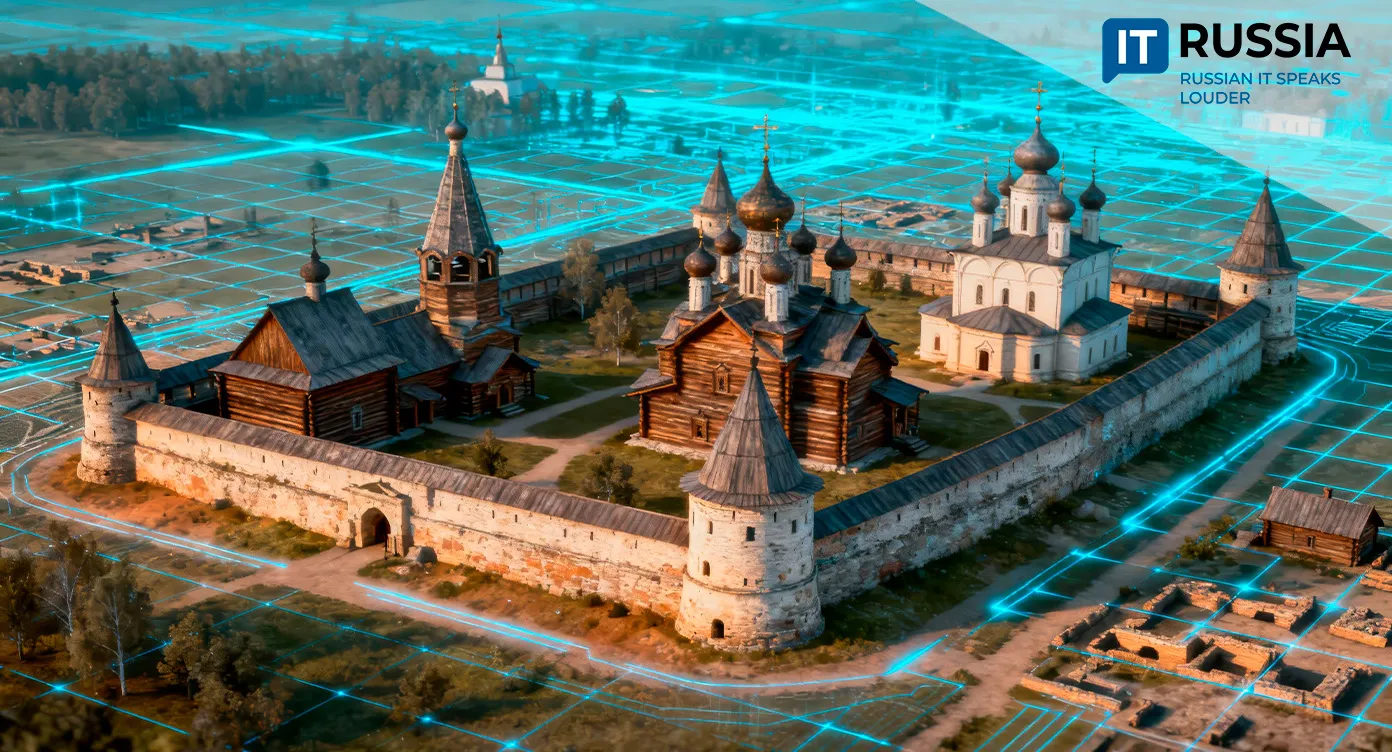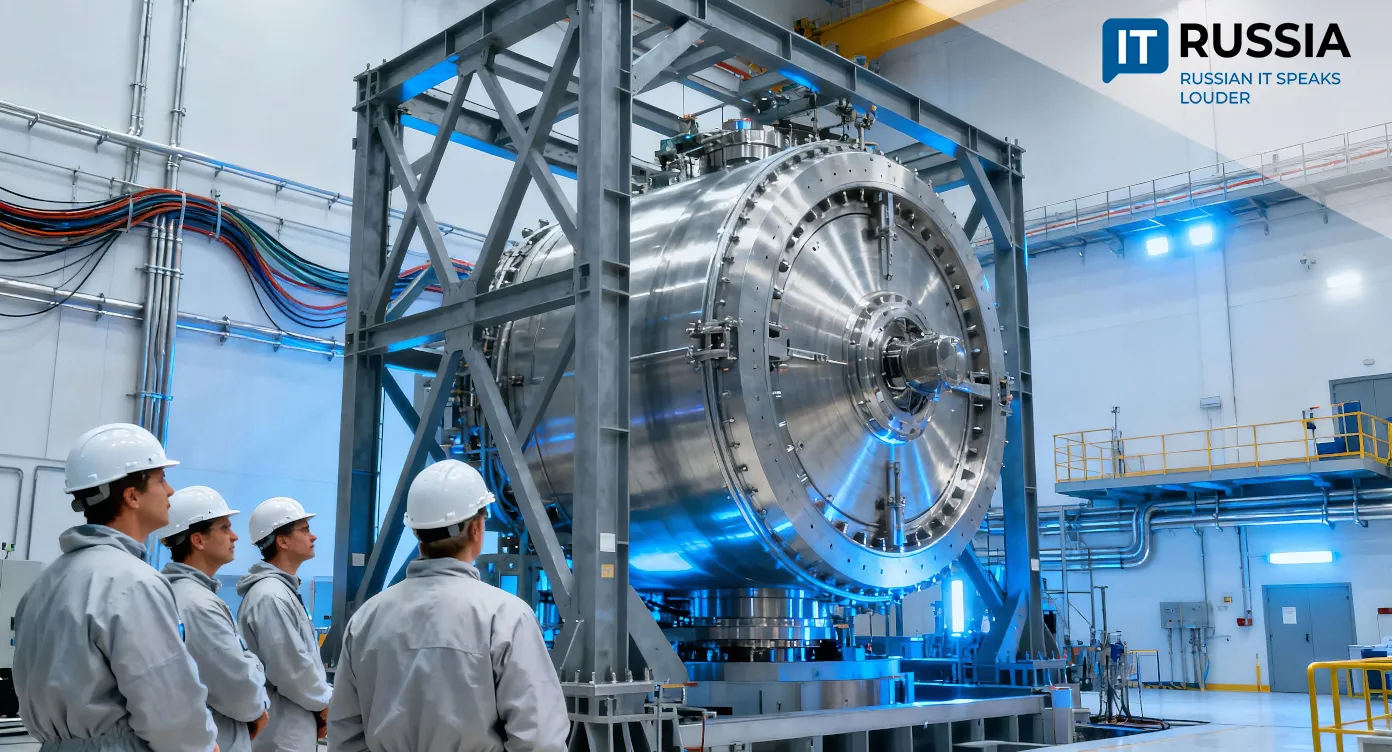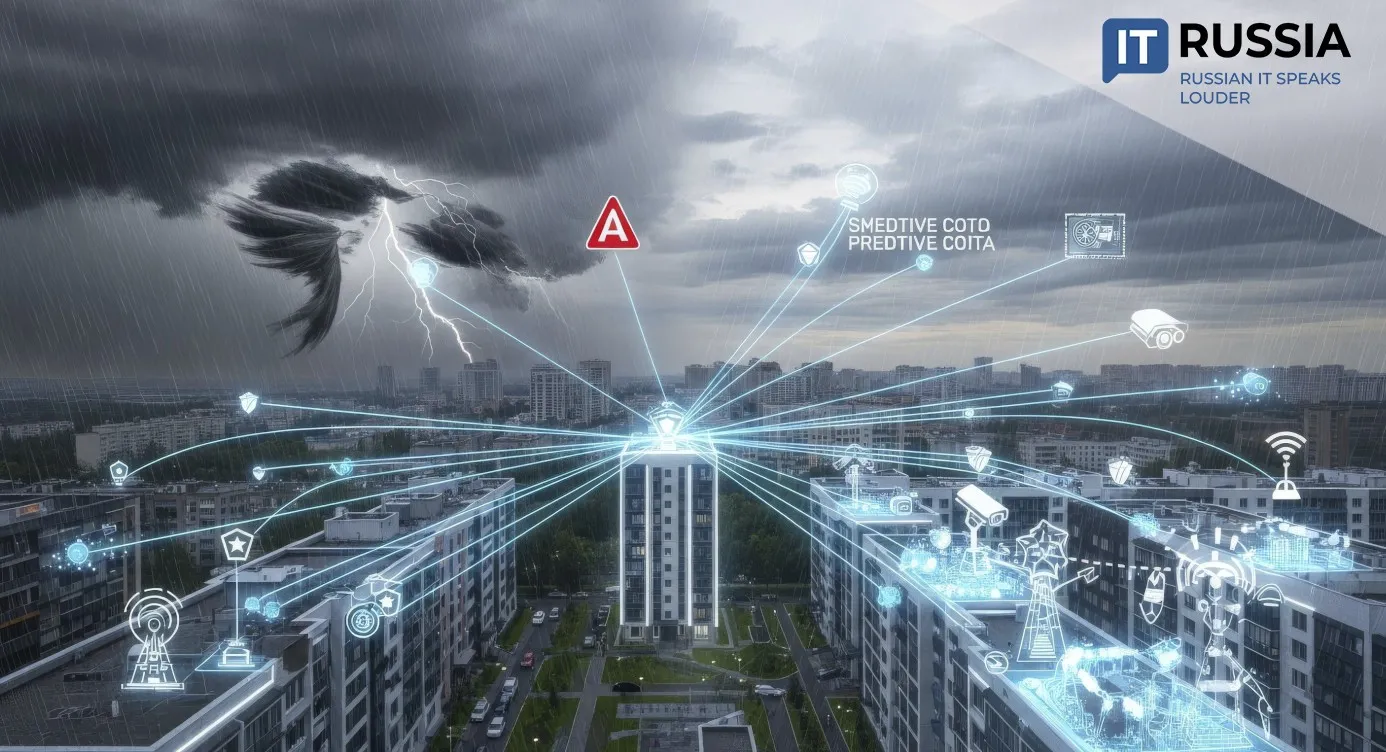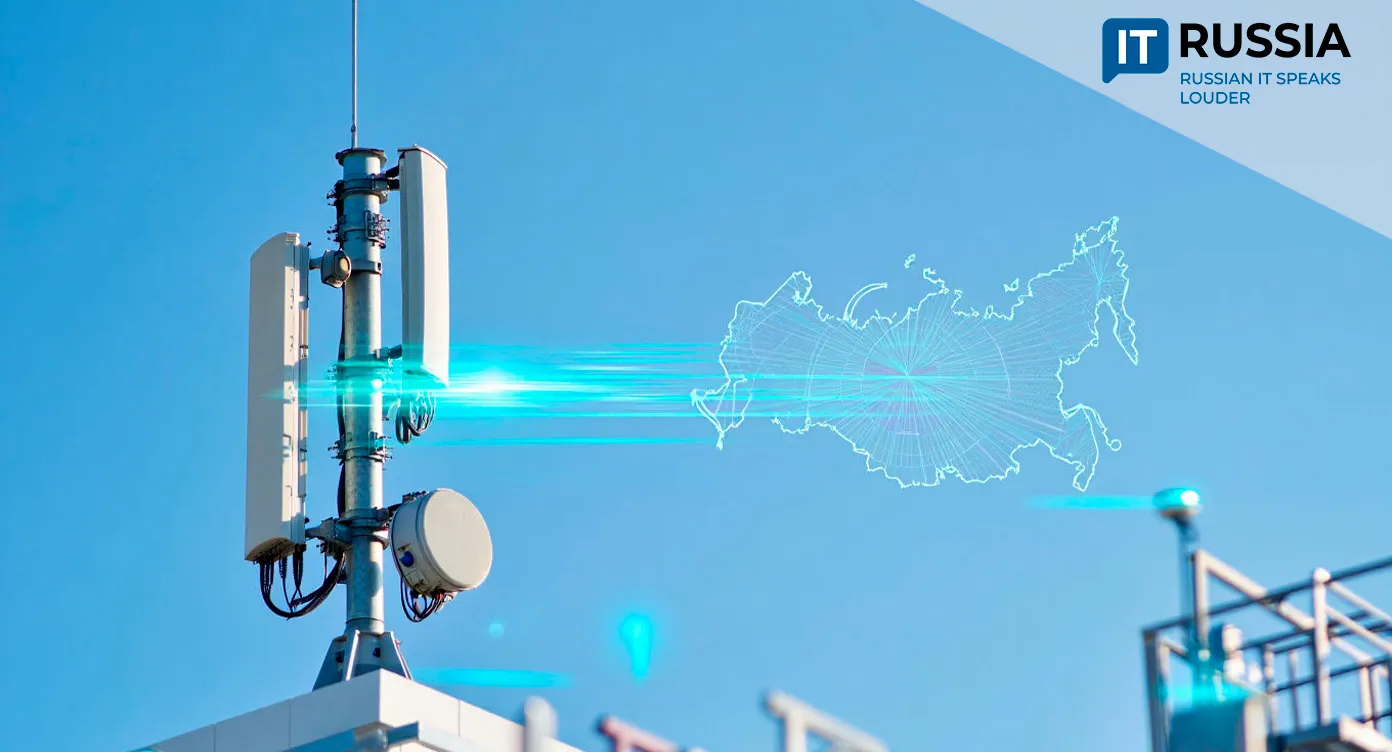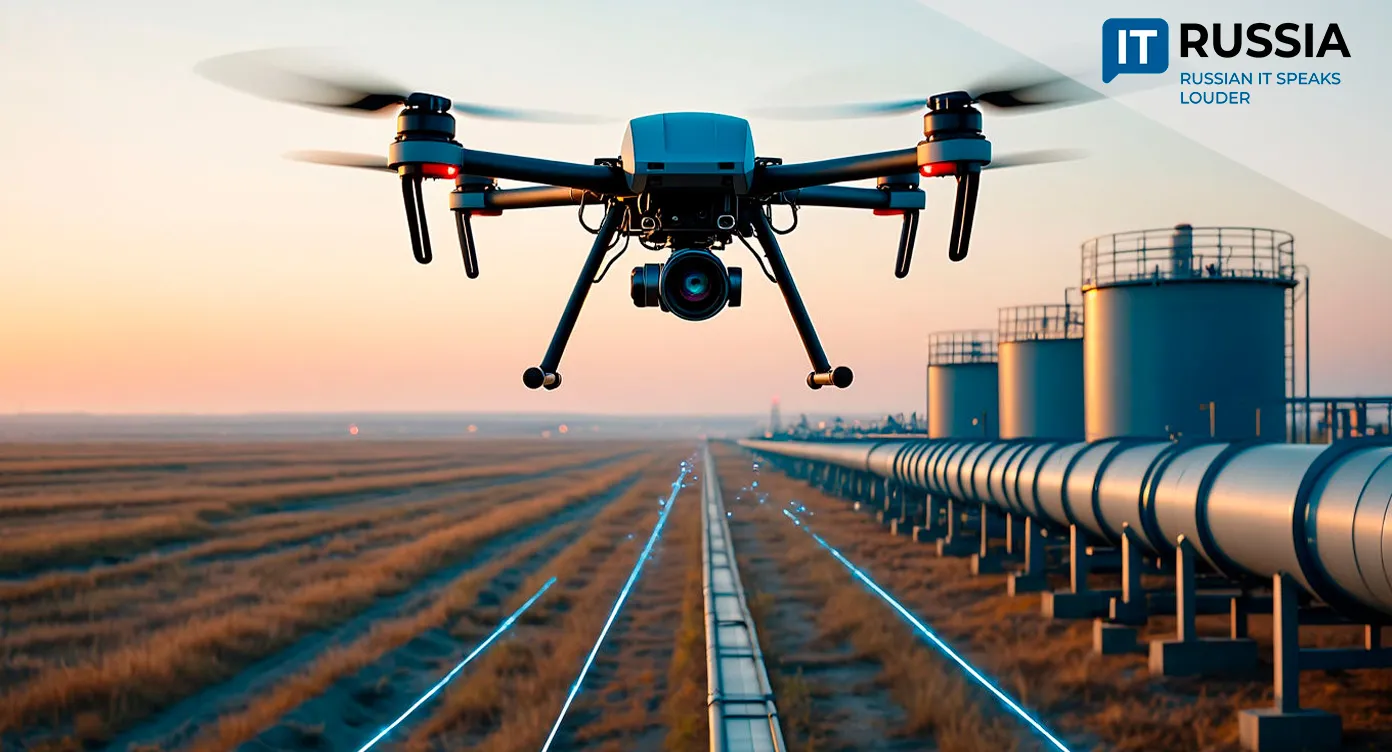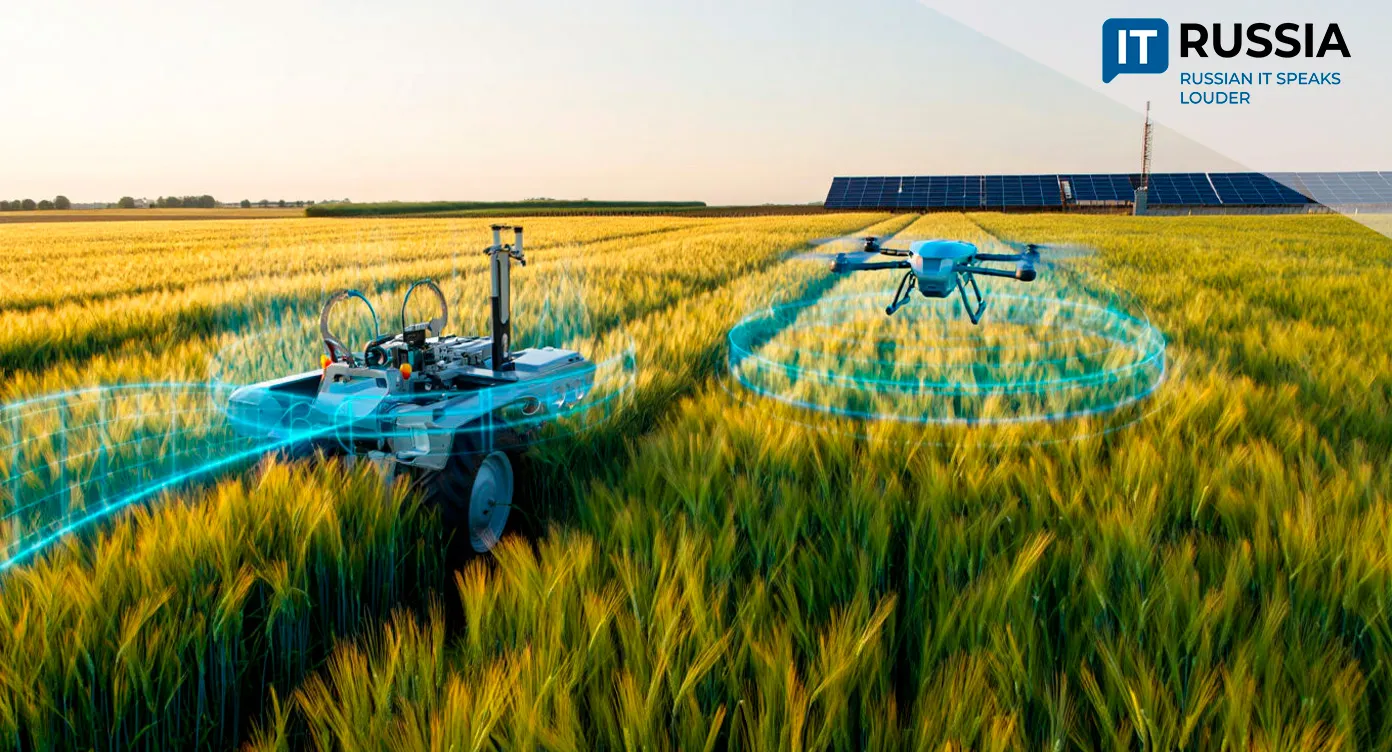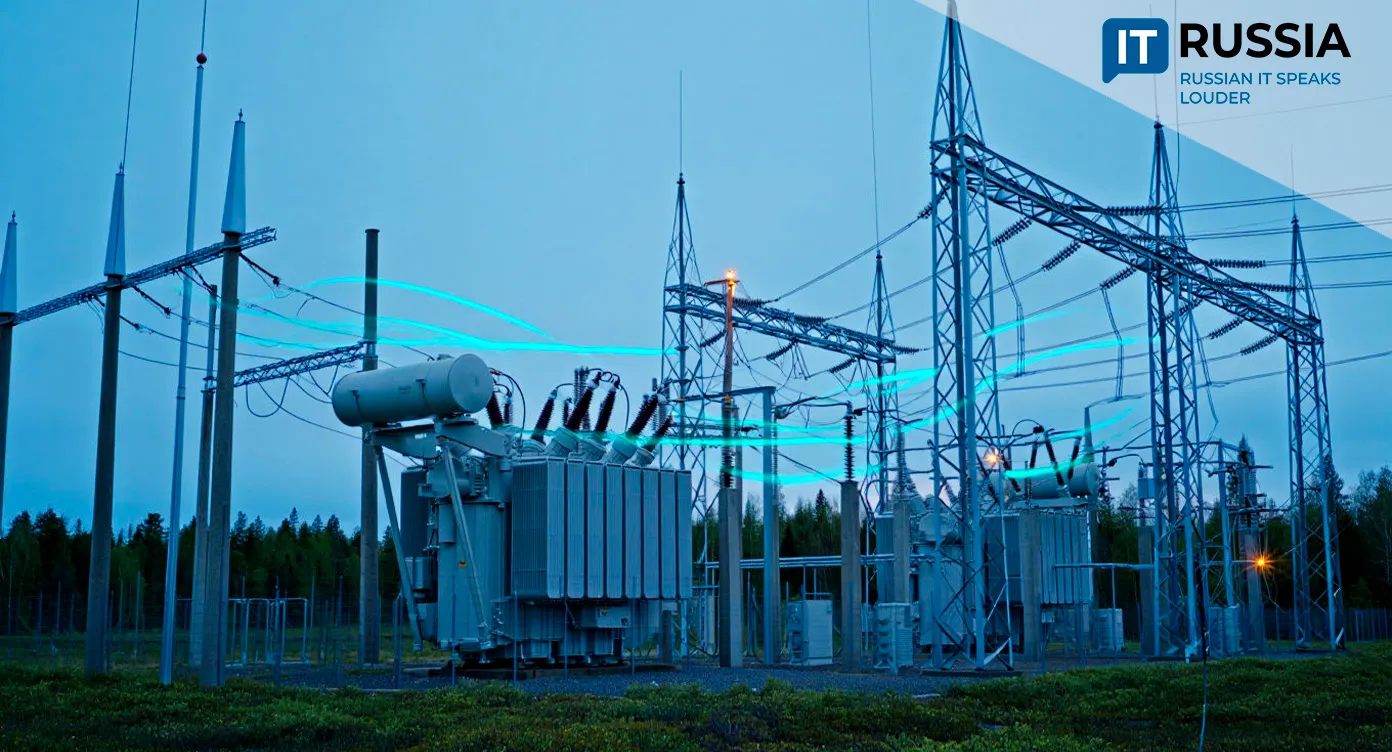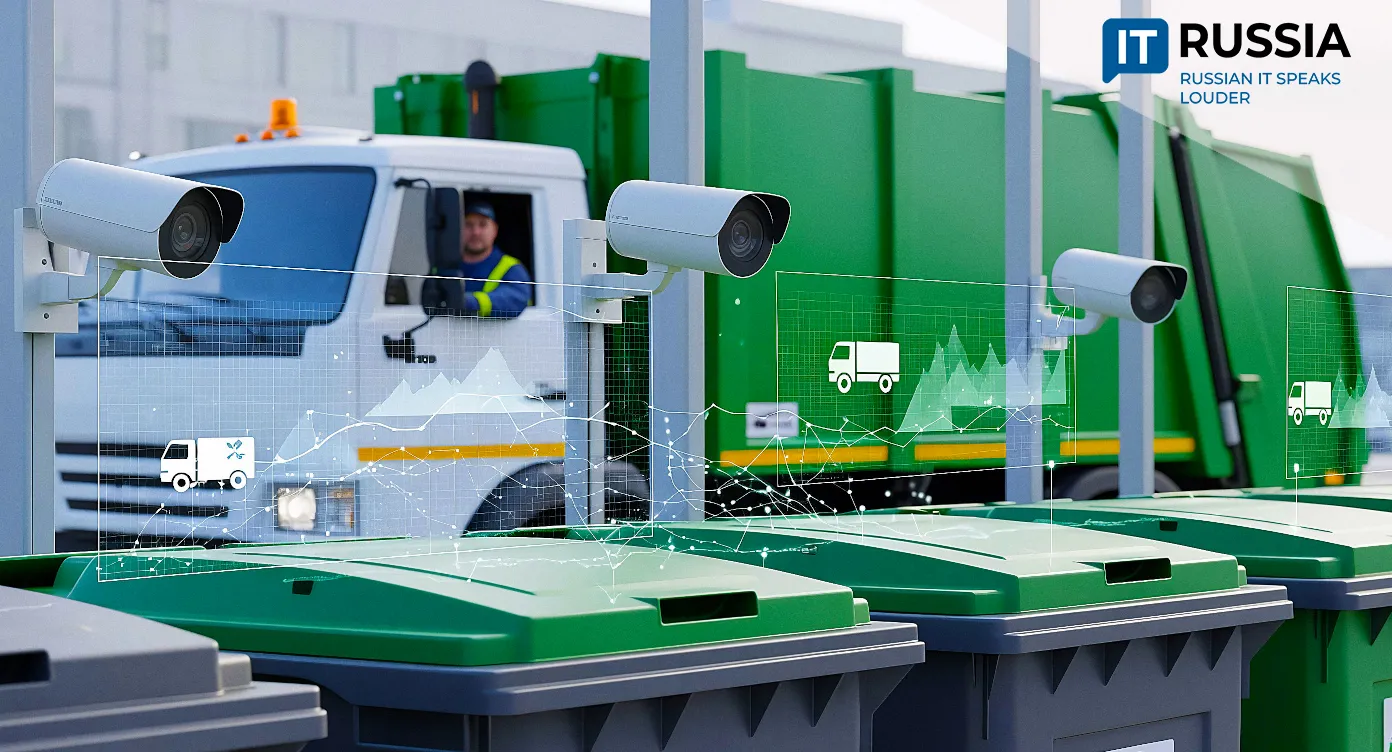Russian AI Takes on the Melting Arctic: A Hybrid Model to Protect the North’s Infrastructure
Russian scientists have made a breakthrough in tackling one of the world’s most pressing climate challenges — the degradation of permafrost. Researchers from Boris Kryuk’s Laboratories unveiled the results of the largest-ever study of Arctic soils, built on a hybrid forecasting system powered by artificial intelligence. This innovation is already being positioned as a tool of national security and sustainable development for Russia’s northern territories.
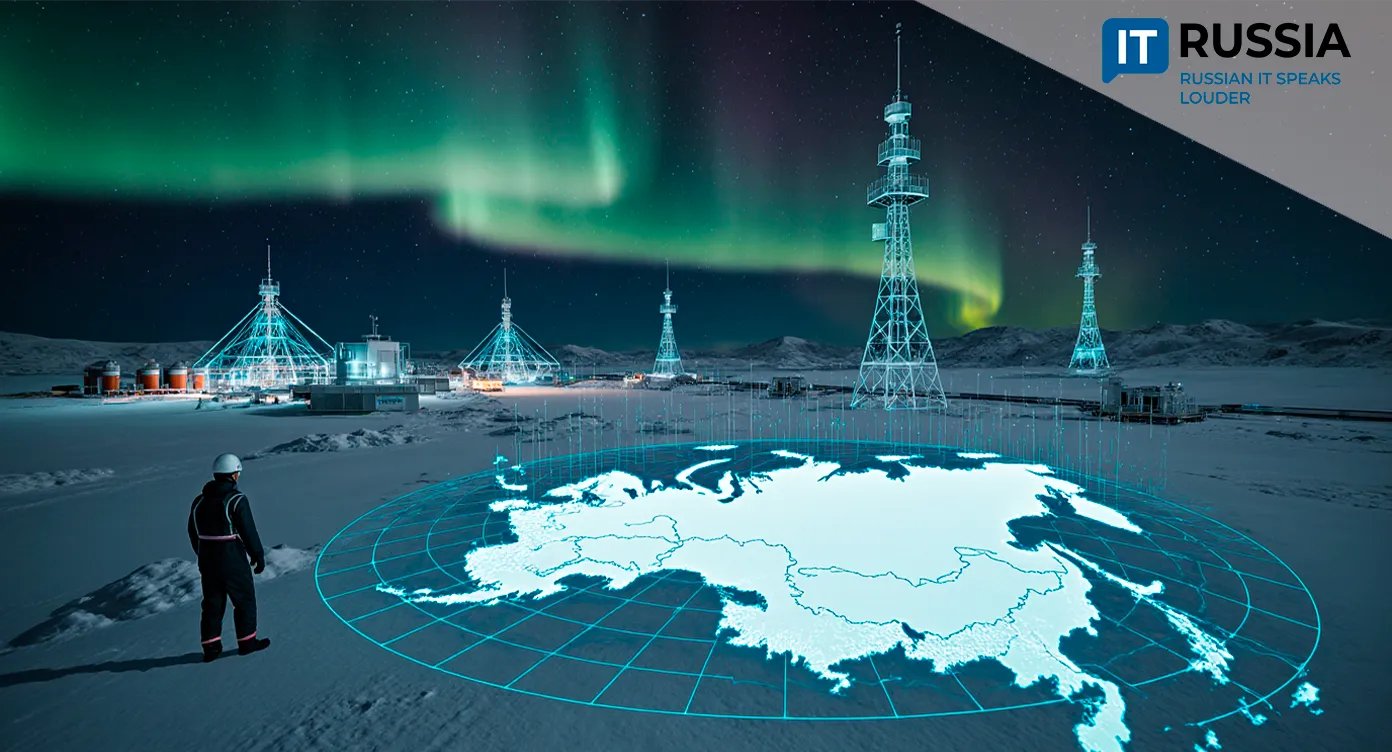
New Technologies for a Thawing Permafrost
Globally, permafrost covers 35 million square kilometers, with Russia accounting for 10.7 million — about 60 to 65 percent of the country’s territory. As global temperatures rise, permafrost is melting faster across the Arctic, threatening cities, industrial facilities, and transport networks.
To address this, scientists from Boris Kryuk’s Laboratories have developed a groundbreaking system that merges two approaches: traditional physical modeling based on thermodynamics and mass transfer, and machine learning capable of detecting hidden patterns across massive datasets.
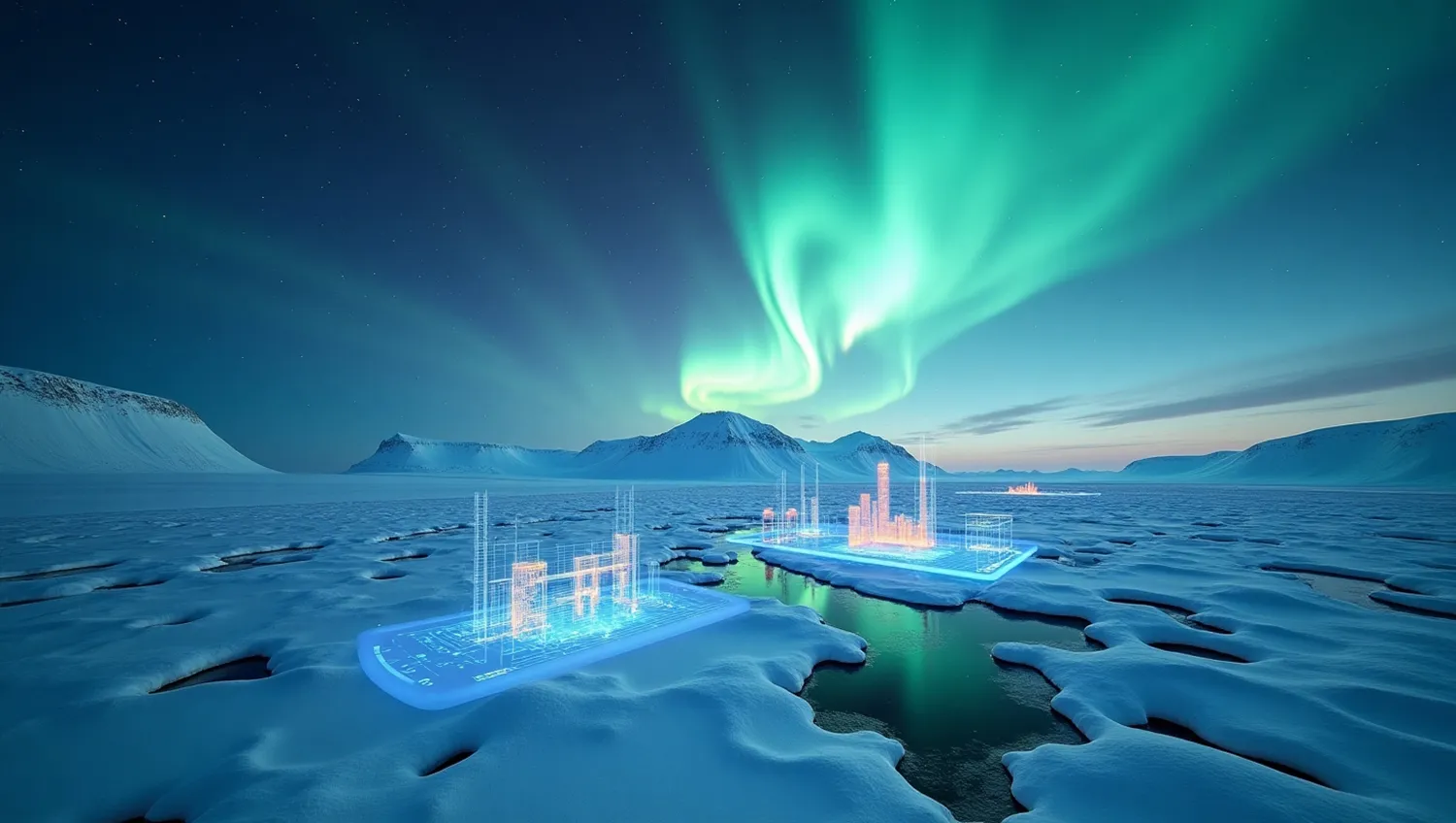
The scale of the research is unprecedented. The system processed 2.9 million observations collected between 2005 and 2021 from over 171,000 locations across the Arctic. Its goal is to build an accurate risk assessment tool for infrastructure located in permafrost zones. Beyond documenting changes, the technology predicts when, where, and how much the ground will subside—and which assets will face the greatest risk.
A Strategic Response to a Global Challenge
For Russia, the Arctic is more than a harsh environment—it’s a vital strategic region and part of national identity. It holds vast reserves of oil, natural gas, and rare earth elements, all dependent on stable infrastructure.
The “physics + AI” hybrid methodology could become a powerful tool for Arctic development and climate adaptation planning. This approach reflects a broader shift in Russia’s scientific community toward combining deep physical models with predictive AI systems, setting an example for other nations, including Canada, the U.S., and Scandinavian countries, that are confronting similar environmental threats.

Over the past five years, AI applications in the Arctic have shown growing promise. Neural networks have been used to forecast sea ice dynamics (such as the MT-IceNet project), while drones paired with algorithms have helped track polar bear populations. Yet these initiatives were typically narrow in scope. Kryuk’s project stands out for its comprehensive scale and direct focus on infrastructure risk, making it not just a Russian milestone but a significant contribution to global climate science.
A Sustainable Foundation for the Future
This hybrid permafrost model represents more than a scientific achievement—it’s a practical roadmap for protecting the Arctic under changing climate conditions. In the coming years, the technology is expected to be scaled up across Russia’s northern territories. Over the long term, Russia could turn hybrid physical–AI modeling into a global standard for assessing permafrost risks, offering an effective solution to a problem shared by much of the Northern Hemisphere.
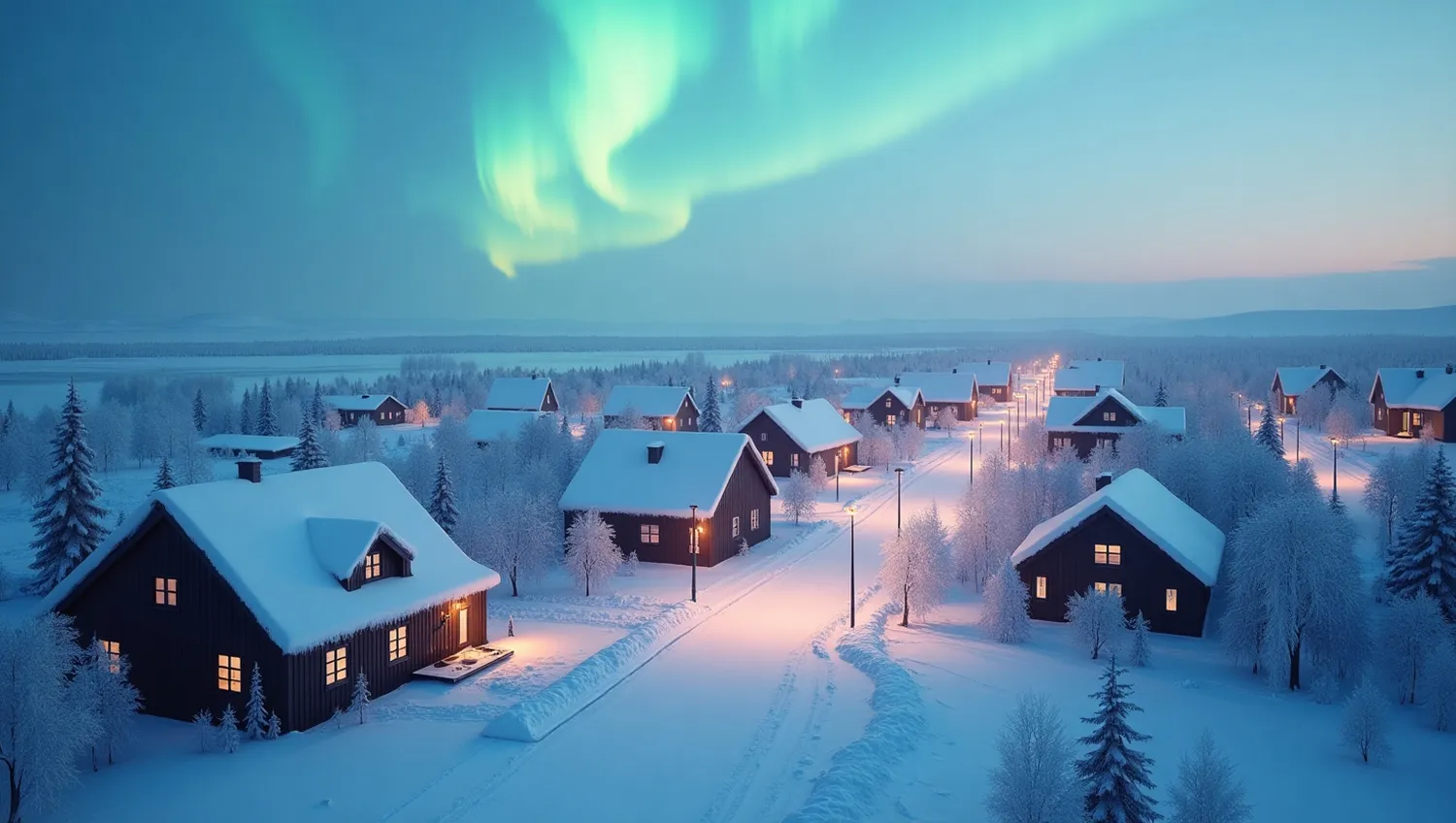
Beyond preserving Russia’s northern assets, the success of this initiative could define the nation’s leadership in climate and Arctic technologies, contributing to global resilience and ecological stability.




